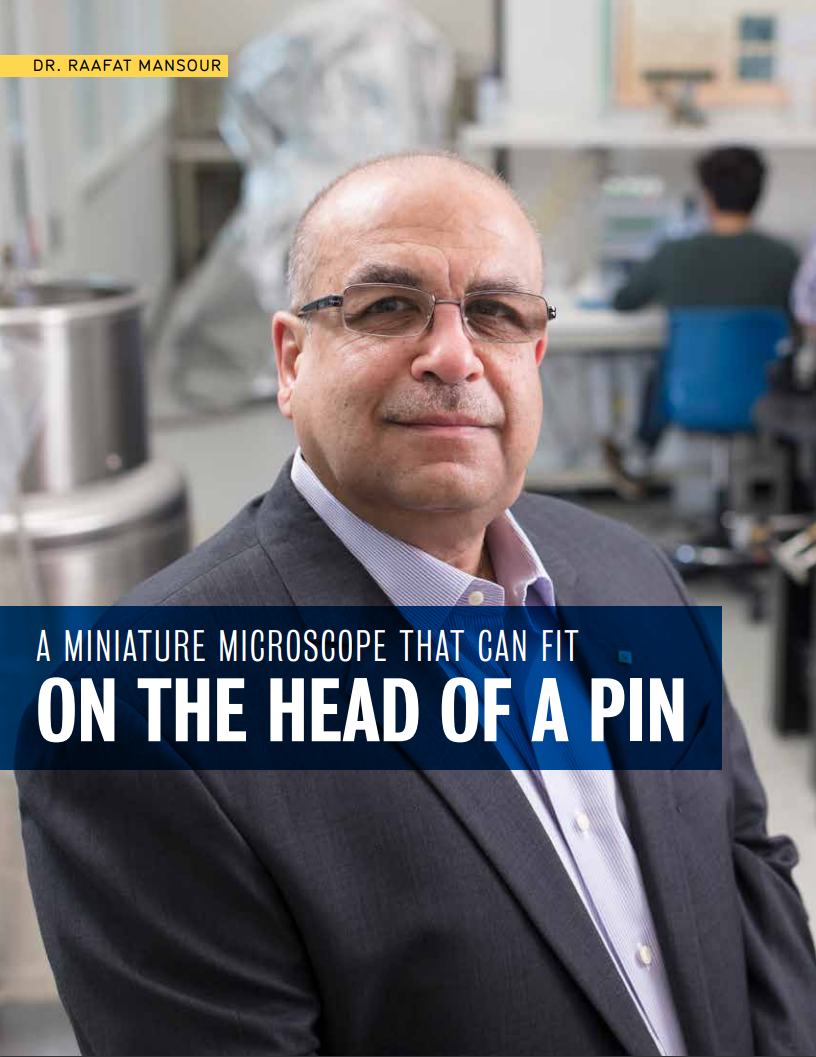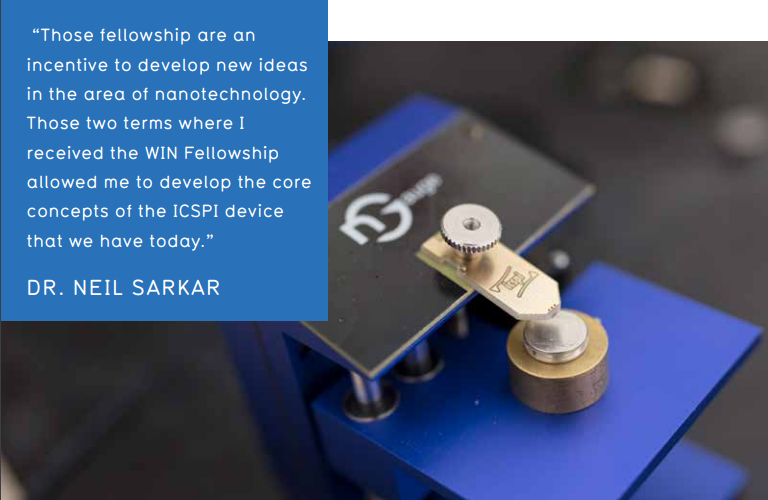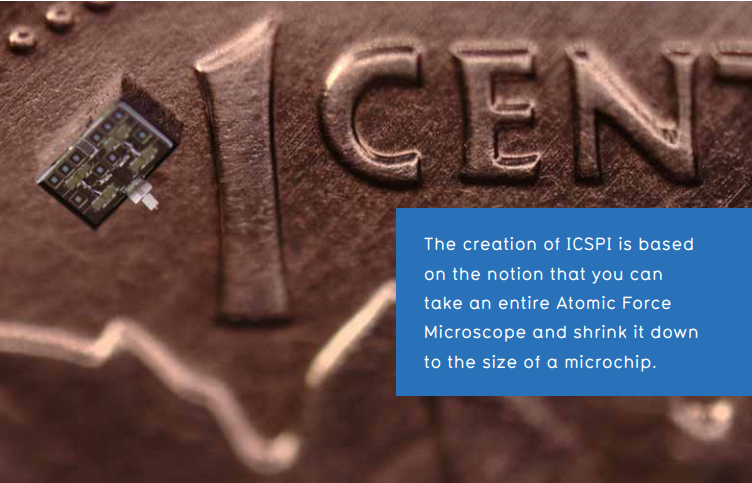The Centre for Integrated Radio Frequency Engineering (CIRFE) contains everything you need to create the next generation of microelectronic RF communications devices and nanotechnology instruments.
- Excerpts from WIN Annual Report 2016-17. Click here to read the WIN Annual Report.

The word “Micro” in the title, comes from his work with Radio Frequency MEMS for developing intelligent antennas, switches and filters for satellite communications in space. The word “Nano” comes from his work with Complimentary-Metal-Oxide Semiconductor MEMS devices for nanotechnology instrumentation.
Before coming to Waterloo, Dr. Mansour was the Chief Technology Officer of ComDev, one of the world’s largest satellite communications companies. Mansour holds 29 U.S. and Canadian patents to his credit and has published has more than 250 papers.
Mansour and his former graduate student, Dr. Neil Sarkar, spun off a company from CIRFE called, Integrated Circuit Scanning Probe Instruments (ICPSI) that sells an atomic force microscope (AFM) that can fit on the head of a pin. They’ve already sold 60 units through kick-starter and are ramping up production.
The creation of ICSPI is based on the notion that you can take an entire Atomic Force Microscope and shrink it down to the size of a microchip. They borrowed techniques from the microelectronic and semiconductor industry to miniaturize and replace the key components of a traditional AFM, namely the laser, photodetector, piezoelectric actuators and high voltage amplifiers. Mansour and Sarkar conceived of the idea to “print” these components onto a microchip in a CMOS process and use MEMS as the actuators.

No two customers are alike. Some use it to test microelectronic circuits, while others use it to look at proteins. The one areas where ICSPI has a unique market advantage is in microscopes for education. Because the device is so low cost ($8,000), portable, and easy to use, they are able to put AFM’s in high school classrooms where students can use an AFM to see atoms.
Sarkar is a two-time winner of the Waterloo Institute for Nanotechnology Fellowship. WIN has professors, grad students, industry connections to build a community of potential users of AFM and mentors who can help guide the technology.
The University of Waterloo has a thriving entrepreneurial community that is driven by its “inventor-owned” intellectual property policy. That provides a great motivation to start something commercial based on nanotechnology research.

“We are on a path to fabricate a single silicon wafer with thousands of AFM’s that are capable of obtaining tera-pixel images at low cost and unprecedented resolution.” The creation of ICSPI is based on the notion that you can take an entire Atomic Force Microscope and shrink it down to the size of a microchip.
- Original Article from WIN Annual Report 2016-17